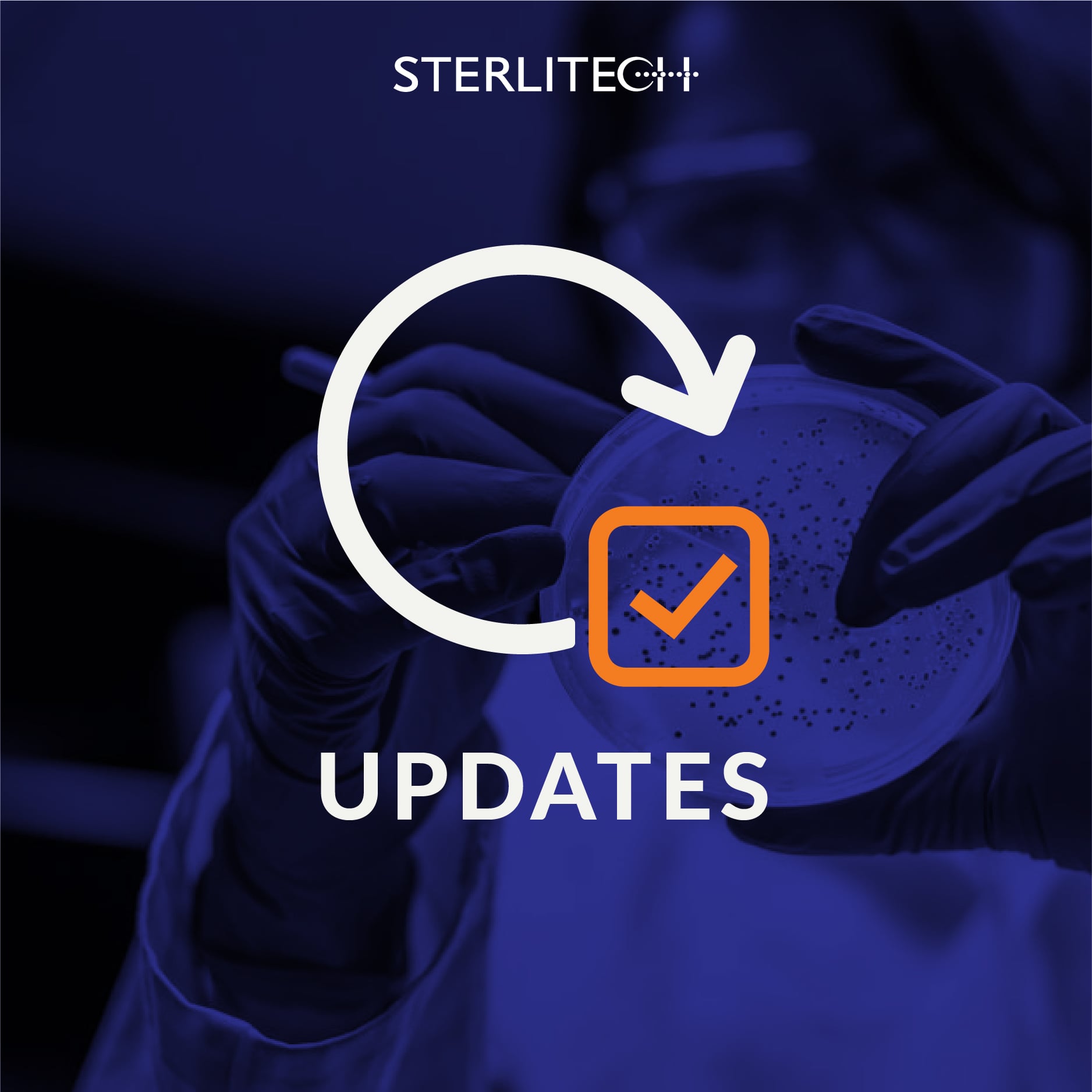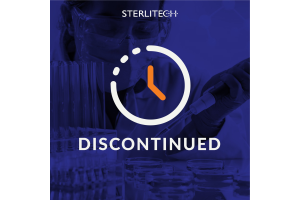RO / NF Cleaning Guidelines

 This document gives general guidelines for cleaning Nanostone RO or NF elements in the ST, ST+, ST++ and DT-Module-Configuration. During normal operation the membrane elements can become fouled by constituents in the feed water. The most common foulants include mineral scale, biological, organic, colloidal particles, and metal oxides. The nature of the fouling is dependent on the system design and feed water. Proactive cleaning is necessary to reduce the potential for irreversible fouling. If the membranes are heavily fouled, the cleaning effectiveness may be reduced and the performance may be permanently impacted. At a minimum, RO/NF elements should be cleaned when:
This document gives general guidelines for cleaning Nanostone RO or NF elements in the ST, ST+, ST++ and DT-Module-Configuration. During normal operation the membrane elements can become fouled by constituents in the feed water. The most common foulants include mineral scale, biological, organic, colloidal particles, and metal oxides. The nature of the fouling is dependent on the system design and feed water. Proactive cleaning is necessary to reduce the potential for irreversible fouling. If the membranes are heavily fouled, the cleaning effectiveness may be reduced and the performance may be permanently impacted. At a minimum, RO/NF elements should be cleaned when:
- Normalized permeate flow drops 10-15%
- Normalized permeate quality decreases by 10-15%
- Normalized pressure drop increases 10-15%.
Notes:
- Ensure that the all water used in the cleaning process is chlorine free
- Ensure the direction of the flow during cleaning is the same as during normal operation
- Consult with Nanostone prior to using any specialized chemical to ensure compatibility
General Cleaning Procedure:
- Flush the system at low pressure using RO or DI water to purge the system of any feed water. Send the water purged from the system to drain.
- Make up chemical cleaning solution with RO water. Ensure that the solution is within the temperature and pH range in Table 1.
- Slowly introduce the solution to the element housing. The initial volume from the concentrate and permeate should be sent to the drain to prevent dilution of the chemical solution.
- Divert the flow to recycle the chemical cleaning solution back to the cleaning tank.
- Increase the flow rate to the typical production flow rate. Check the pH to ensure it is within range and adjust if necessary.
- Recirculate for 30-60 minutes.
- Soak for 30 minutes – 8 hours depending on the manufacturer’s or chemical supplier’s recommendations.
- Flush the system at low pressure with RO or DI water to ensure all cleaning chemical has been rinsed out of the system.
- Repeat steps 2-9 if 2nd chemical clean is necessary, otherwise the element(s) can be placed back into service by slowly introducing the filtered feed stream through the element(s).
- After a clean, it may be required to send the concentrate and permeate stream to drain to ensure all the chemical has been flushed from the system. This may take anywhere from a few minutes to up to a day depending on requirements.
Recommended Cleaning Solutions:
| Table 1: Recommended Cleaning Solutions | |||
| Suspected Foulant | Solution | pH Target | Temperature Range |
| Inorganic salts, colloidals and metal oxides | Cleaner C | 2.5 - 4 | 35 - 40 °C |
| Sulfate Salts | STPP (2% w) and EDTA (1% w) | 10 | 35 - 40 °C |
| Organic or Biological | Cleaner AA | 10.5 - 11 | 25 - 30 °C |
| Heavy inorganic salt, colloidal fouling | Hydrochloric Acid (0.2% w) | 2 | 25 - 30 °C |
| Note: These are the most common forms of foulant for RO membranes. If there are other foulants are suspected, other chemicals may be required. Contact Nanostone prior to using any other chemicals for cleaning Nanostone NF/RO membranes. | |||
Membrane Cleaner AA - Description: For the removal of organic and microbiological fouling Rochem Membrane Cleaner AA is a strong alkaline cleaning compound to remove organic and microbiological layers from reverse osmosis membranes.
| Appearance | Clear liquid, slightly yellow |
| Flash Point | none |
| Freezing Point | 0°C |
| pH at 20°C | 13.9 (pH 10% solution 13.3) |
| Specific Gravity | 1.1 |
Dosage One 25 ltr can is sufficient to prepare a cleaning solution of 250 ltr. Caution Corrosive, before use read material safety data sheet carefully. Contains sodium hydroxide 2.5-10%. Avoid contact with skin and eyes. In case of contact, rinse with plenty of water. Corrosive Liquid Sodium Hydroxide Solution, UN 1824 For road and sea transport Class 8. Application
- Fill cleaning tank with permeate or fresh water. Add 25 ltr of Rochem Membrane Cleaner AA per 250 ltr of permeate and stir thoroughly.
- Check the pH of the cleaning solution after 30 minutes re-circulation. The pH must not exceed the maximum pH-value specified for the membranes. The pH of the cleaning solution must remain over pH 11 during the complete cleaning process. During the Membrane Cleaner AA cleaning procedure maintain pH between 11 and 13. If pH drops below pH 11 add additional Membrane Cleaner AA.
- Circulate for 1 hour.
- Best results are obtained at 38-40°C.
- Never exceed 45°C.
- Drain cleaning solution and rinse, with fresh water for 10-15 minutes.
- Check the pH of the rinsing liquid. If the pH is still above 8 continue the rinsing step.
- Start production again
Membrane Cleaner C - Description: For the removal of Iron Oxides Rochem Membrane Cleaner C is a mildly acid product for the removal of iron oxide layers from reverse osmosis membranes.
| Appearance | Clear liquid, slightly yellow |
| Flash Point | none |
| Freezing Point | 0°C |
| pH at 20°C | 2.6 |
| Specific Gravity | 1.1 kg/l |
Dosage One 5 ltr can is sufficient to prepare a cleaning solution of 100 ltr. Caution Irritant, contains citric acid. Before use read MSDS carefully, Avoid contact with skin and eyes. In case of contact, rinse with plenty of water. Wear suitable gloves and eye/face protection. No classification for road and/or sea transport. Application
- Fill cleaning tank with permeate or fresh water. Add 5 ltr of Rochem Membrane Cleaner C per 100 ltr of permeate and stir thoroughly.
- Check the pH of the cleaning solution after 30 minutes re-circulation. The pH must not be less than the minimum pH-value specified for the membranes. The pH of the cleaning solution must remain below pH 4 during the complete cleaning process. To lower the pH add more Membrane Cleaner C, 1 to 2% at a time.
- Circulate for 1 hour.
- Best results are obtained at 38-40°C. Never exceed 45°C.
- Drain cleaning solution and rinse with fresh water for 10-15 minutes.
- Check the pH of the rinsing liquid. If the pH is below 6 continue the rinsing step.
- Start production again.
- Most Viewed Blog Articles (5)
- Company News (284)
- Emerging Technologies (64)
- Microbiology and Life Science News (93)
- Water and Fluid Separation News (97)
- Filtration Resources (93)
- Product News (19)

![Join Sterlitech at BIO 2024 [Booth #5558]: Exploring the Future of Biotechnology](https://www.sterlitech.com/media/blog/cache/300x200/magefan_blog/b4.jpeg)




